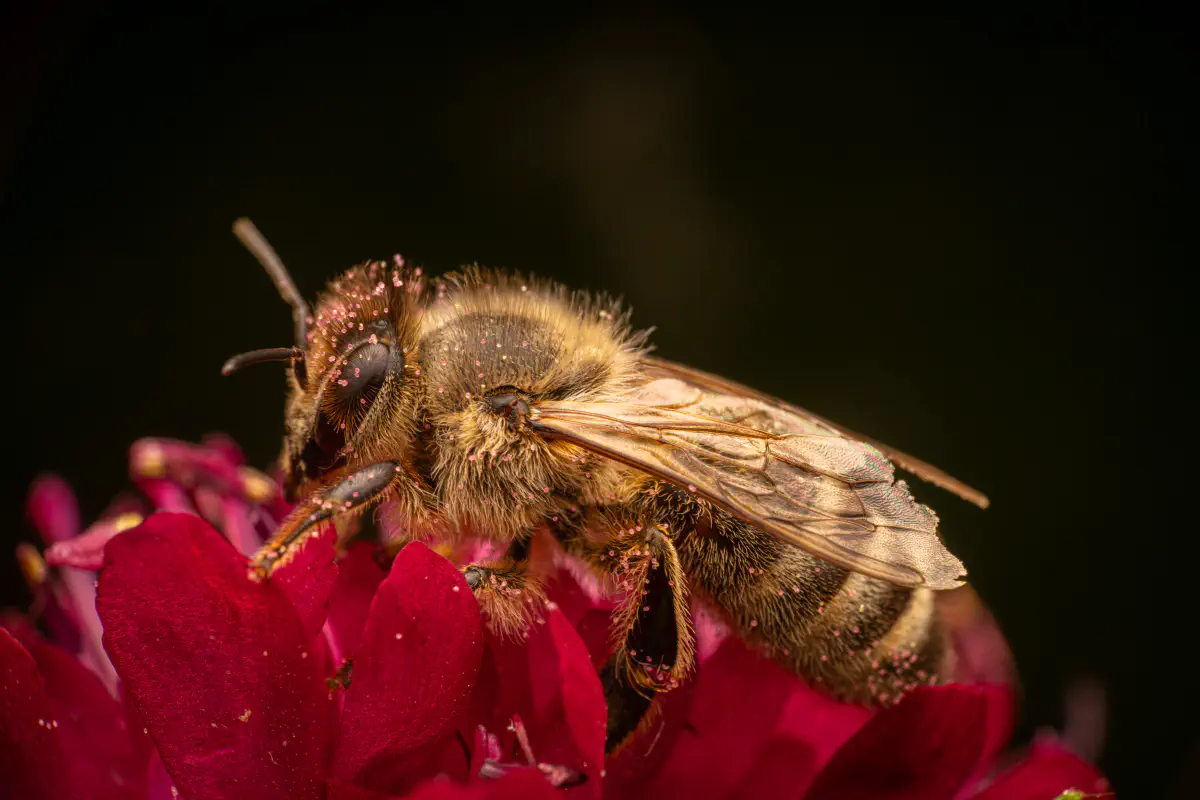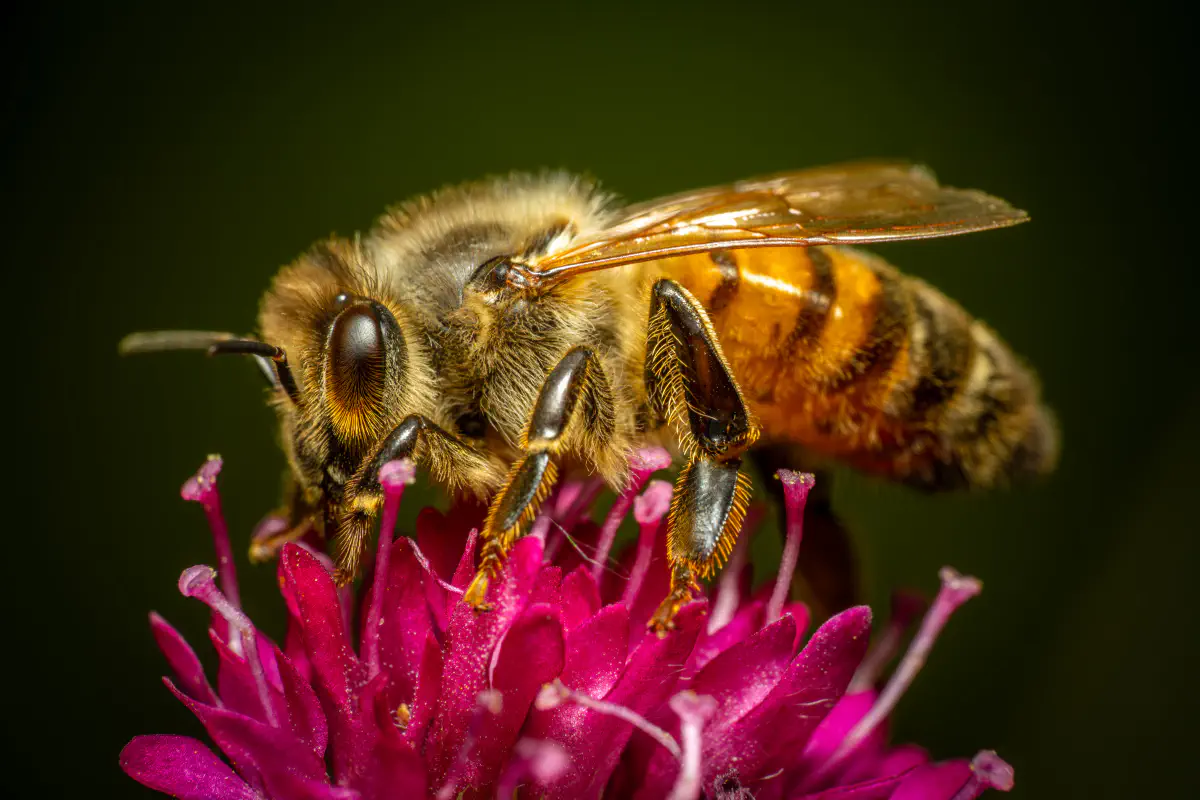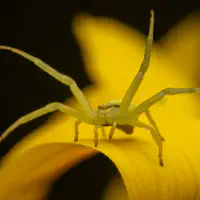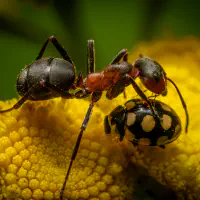Explained as easy as pie — The biggest threats to bees
Bees are important for both nature and us humans. Without them, there would be far fewer plants and fruits. Bees pollinate almost three-quarters of all the plants we eat. This can even be “expressed in money”: According to the latest studies, the little pollinators generate around 250 billion euros annually through their painstaking work. That’s a lot and roughly corresponds to the annual economic output of a medium-sized country like Portugal. Unfortunately, however, the health of bee colonies is not always good. Why is that? Find out here:
Dangerous parasites and diseases
There are numerous parasites and diseases that bees can suffer from. The Varroa mite, for example, is a major threat. The mite, which is around 1 millimeter long, is a parasite that attaches itself to a bee and sucks its blood. Varroa mites also carry various viruses, such as the wing deformation virus, which is just as dangerous as it sounds: it leaves the bees with crippled wings.

Environment and humans
Apart from various diseases, bees also face other problems. For example, bees are harmed by various pesticides used in agriculture, the most dangerous of which are neonicotinoids. These pesticides are chemicals designed to combat dangerous insects. But they also harm the small pollinators because they attack their nervous systems. This means that bees can no longer find their way around and end up dying.
Modern agriculture often grows large fields with just one type of plant; this is called “monoculture”. Monocultures are bad for bees because they can’t find enough different flowers to stay healthy. In addition, climate change is altering the flowering times of plants and the weather is becoming more extreme. All this makes it harder for bees to find enough food.

What you can do to help bees
But what can you do to help bees? Here are a few options:
- Fight parasites: Beekeepers can regularly check their bees for parasites and treat them. There are now gentle options, many of which work without chemicals so as not to further harm the environment.
- Fewer pesticides: Farmers should use fewer or more bee-friendly pesticides. This is obvious, but it doesn’t seem to have gotten around yet.
- Plant wildflowers: If you have a garden, you can plant wildflowers. This gives the bees enough food. Of course, depending on the region and culture, it can be tempting to constantly tidy up your garden, mow it, and only leave the plants and flowers you want. But if you like bees, you should let your garden grow a little wild, because this diversity is so much better!
We have learned that it is important to protect bees because they play an important role in our environment. If we take care of them, we help the whole world and our fellow human beings!


Little beings in print
Order our calendars and books today!
Compiled with love. Printed sustainably. Experience our little beings even more vividly in print. All our publications are available for a small donation.



